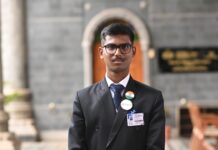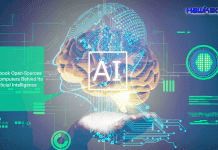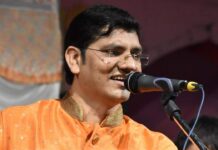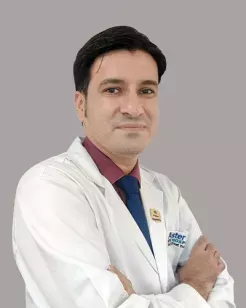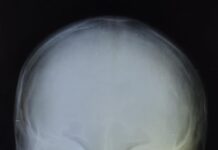Dr. Keni Ravish Rajiv, Consultant Neurologist & Epileptologist, Aster RV Hospital
In India, November 17 is observed every year as National Epilepsy Day to create awareness. Epilepsy is a chronic disorder of brain characterized by recurrent ‘seizures’ or ‘fits. The seizures are caused as a result of sudden, excessive electrical discharges in the neurons (brain cells). The condition can affect people at any age and each age group has unique concerns and problems.
Although epilepsy is treatable, yet three-fourth of affected people in developing countries do not receive the required treatment. In India, about 10 million people suffer from seizures associated with epilepsy. It is the fourth most common neurological disorder, affects people of all ages and can cause unpredictable seizures.
At the global level, it is estimated that nearly 70 million people suffer from epilepsy and the prevalence of epilepsy across the globe is estimated to be 5-9 per 1,000 population. There are 12 million people with this in India, contributing to 1/6th of global burden. In majority of the people with epilepsy i.e., 70-80%, the seizures can be well-controlled by giving anti-epileptic drugs. The rest 20-30% have medically refractory epilepsy, in these patients advanced modalities of treatment such as dietary therapy, epilepsy surgery and neuromodulation are the emerging therapeutic options.”
Also Read: NMIMS Data Science programs rule the roost in Analytics India Magazine (AIM) 2022 rankings
Throwing light on the new drugs and therapy options available in the country, Dr Ravish said “The pharmacological armamentarium against epilepsy has expanded considerably over the last three decades, and currently includes over 30 different antiseizure medications. The new medications which have been added over the past decade by the FDA include Brivaracetam (Levetiracetam derivative), Perampanel (AMPA antagonist), Cenobamate (Carbamate derivative), Everolimus (Rapamycin derivative), Fenfluramine (Amphetamine derivative) and Cannabidiol (Cannabinoid). Among these Brivaracetam and Perampanel are available in India.”
The treatment gap in this in India ranges from 22% in the urban setting to as high as 90% in villages. The treatment gap has 2 components- People unable to access healthcare services and People who do not adhere to appropriate medical therapy. One million Indians have medically refractory seizures. Approximately 5 -6 lakh people are candidates for epilepsy surgery in India. Still… Just about 500-600 surgeries per year are performed.
Visit EasyShiksha for skill development.












